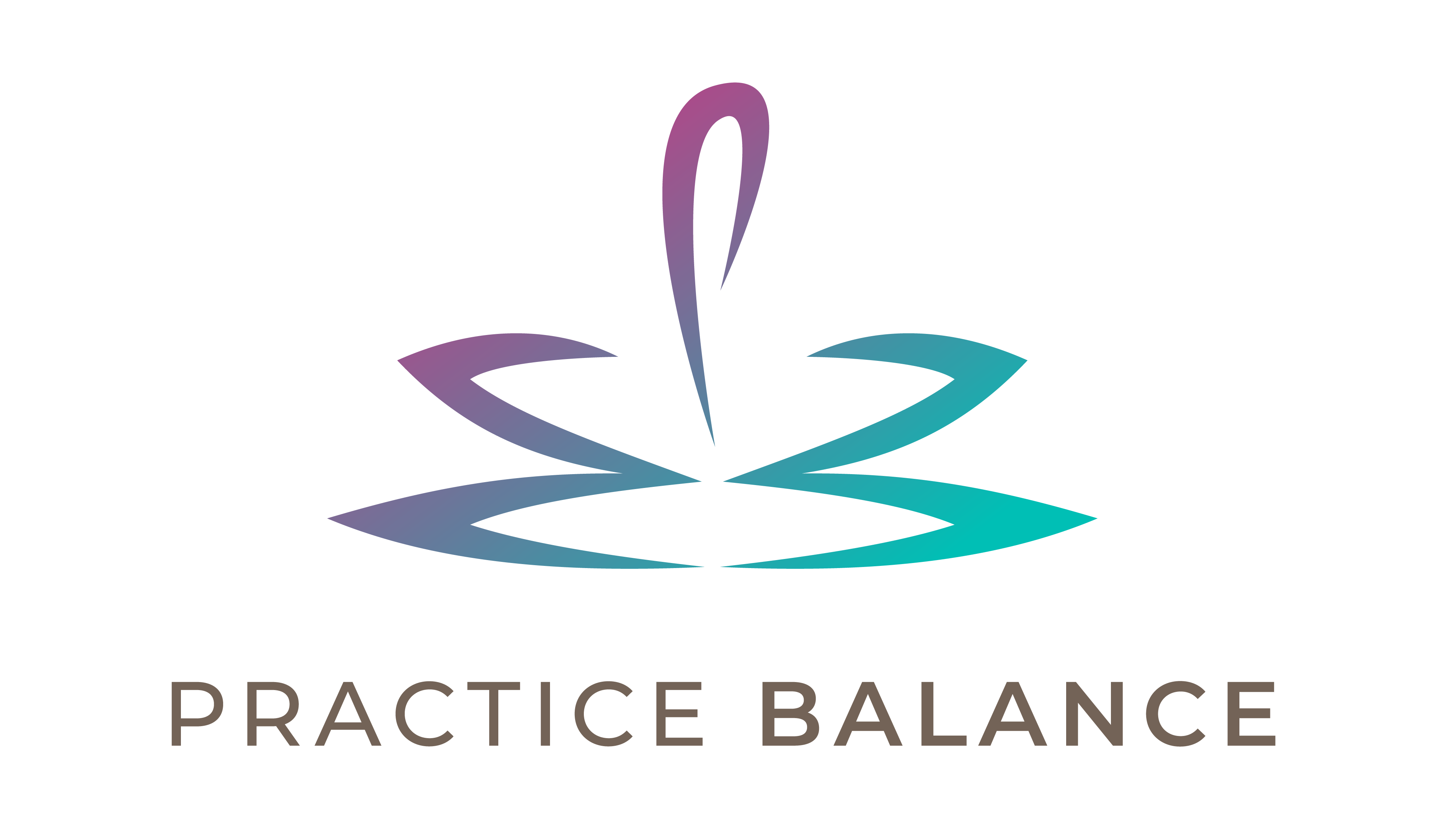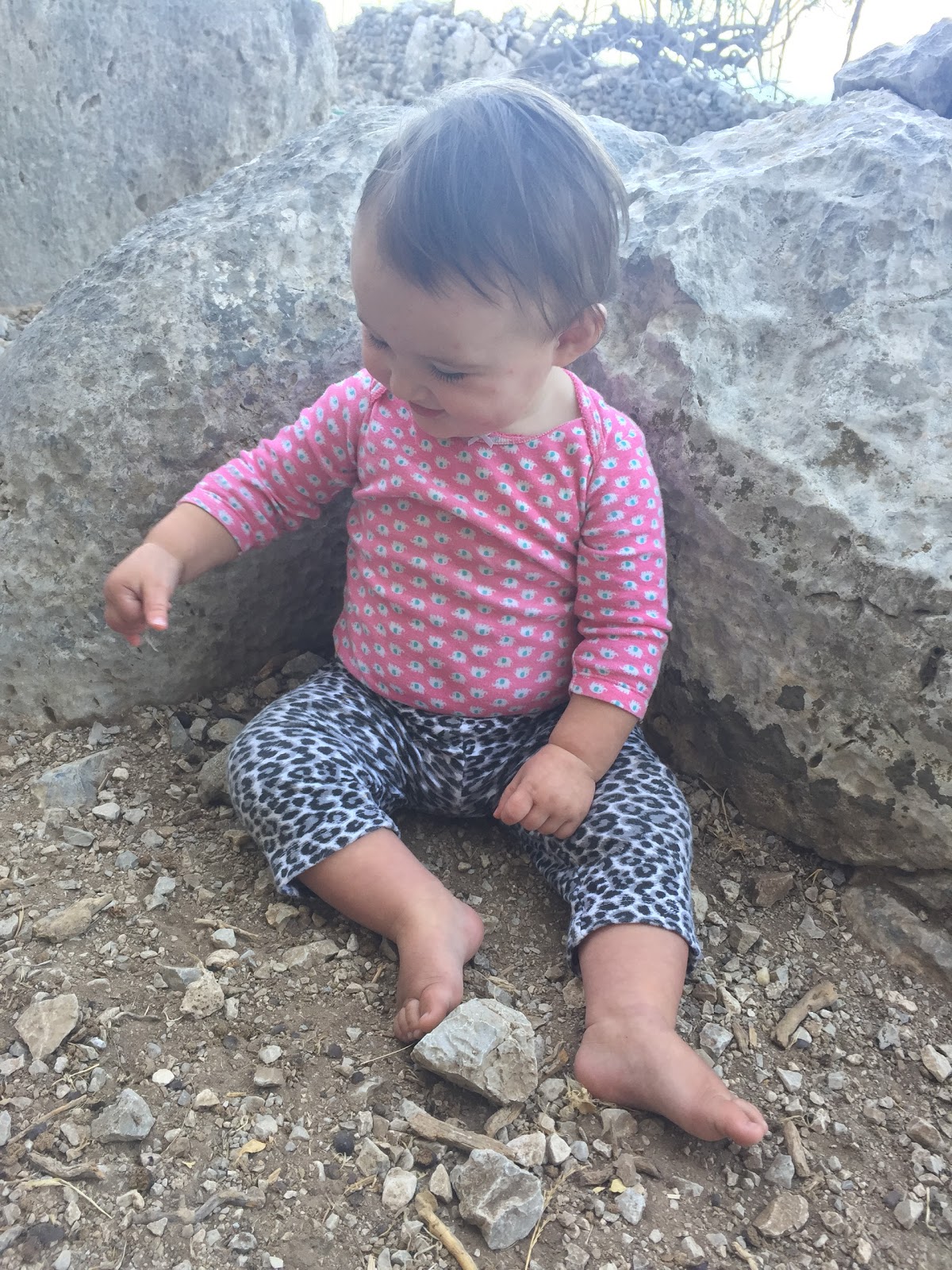
Working in an operating room and following my patients postoperatively give me a great appreciation for the role of proper body functioning before and after surgery. I distinctly remember my own postoperative experience after major brain surgery, six years ago this month. I spent days lying in a hospital bed waiting for my fluid status and blood electrolytes to normalize, suffering intense headaches, eating lackluster hospital food, and barely engaging in any physical activity. When I was released, I could barely get out of a seated position without help. Exiting the seat of a car was a huge endeavor, requiring bracing and steadying my hands on the car door and frame. Taking stairs felt like a monumental task. And this was after brain surgery. On an otherwise healthy 37 year old. Who likes to fancy herself as athletic!
After this experience, I could only imagine what was in store for my orthopedic surgery patients, who are usually much older and have many more health issues at baseline. How do they successfully move on from the assault on their limbs? While proper physical therapy is a cornerstone of effective postoperative recovery, range of motion, strength, and balance should ideally be addressed before people undergo a major surgery.
Those of us who engage in regular physical activity like to think that we are “fit”. Yet how functional is our fitness, really? Can you do a pullup, a pushup, a bodyweight squat? How about a one-legged bodyweight squat? These are only some metrics of functional fitness, and I can tell you that currently can’t do any of them except for the pushup. The Sitting-Rising-Test (SRT) was designed and studied in 2000+ patients to inversely correlate longevity with the amount of “points” you require to get your body down to the ground and back up again. I’m pretty good (but not perfect) on that one, needing to use one hand to go from sitting on the ground to standing.
After spending some “me” time lifting weights this spring, I’m turning attention to my mobility as a means to facilitate gaining more strength. I’ve adopted a practice of doing at least 10 bodyweight squats per day in perfect form (which for me, at the present moment, requires grabbing onto something with my hands at the bottom of the squat position due to ankle mobility limitations). Here is a link to the best video I’ve seen on regressions of the squat for poor mobility situations. I’m also still working on achieving a real pullup – the sticking point being the bottom or initiation of the pull – by doing at least one scapular retraction exercise every day.
We all have busy lives. Focusing on functional exercises over other types of activity may benefit us not only for overall fitness but for that moment in the future when we get sick or need an operation.
What about you? Have you considered your functional fitness? What kinds of exercises are you trying lately?


 Easy Immune System Boosters: Staying Healthy in a Germ Factory
Easy Immune System Boosters: Staying Healthy in a Germ Factory

Love this, I will have to share. I try to make an effort to get exercise everyday.
Every day is great. I find it difficult to even fit in mobility on a workday, but I'm trying!
I have a bit of a weird fitness set-up. About two months ago, I made it a point to do 300 pushups a week along with 70 pullups. That meant doubling my typical numbers that I was doing already. I also do one major road or mountain bike ride (minimum) each week, a weekly weightlifting session (squats, kettlebells, deadlifts), a medicine ball HIIT workout and maybe a yoga session. I'll also do some goofy fun stuff that I don't really track, anything from clean and jerk practice to Kendo-based katas and sparring. My overall goal is to be able to do whatever I want without fitness being an obstacle.
That is an awesome sounding, varied routine. I absolutely love kettlebells and hope maybe someday to do a tactical strength challenge or KB snatch test. Hope you keep up all the activities!
Functional fitness is the rage. I try to do it, instead of the conventional. I highly recommend functional fitness.